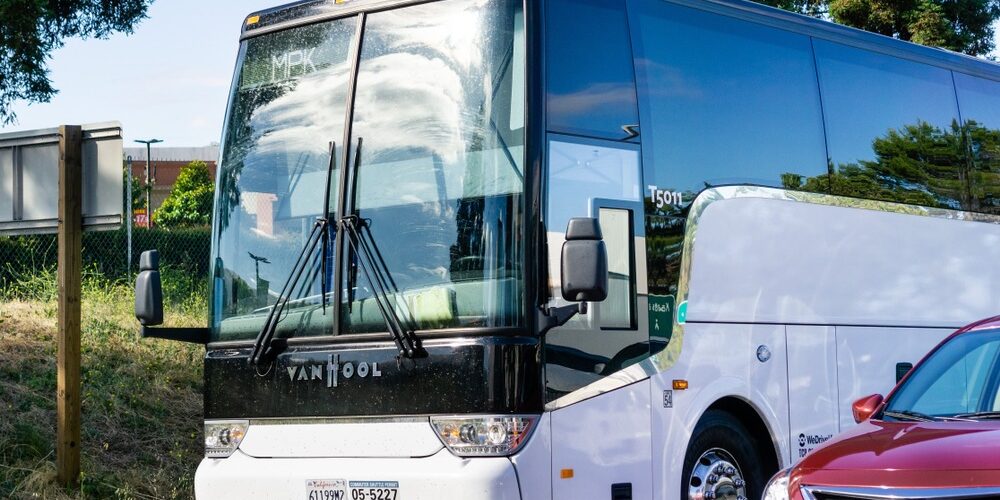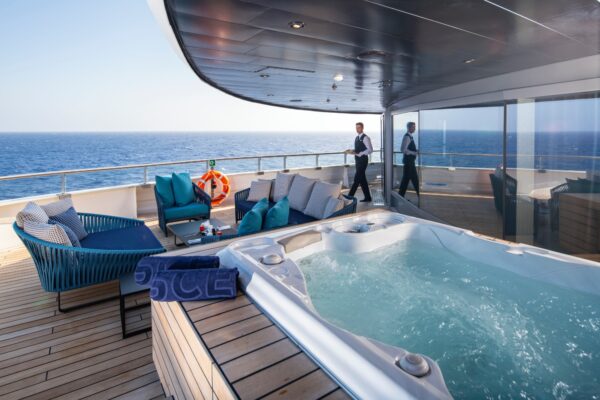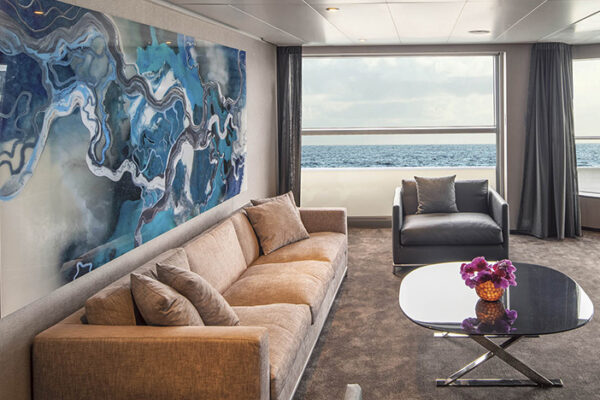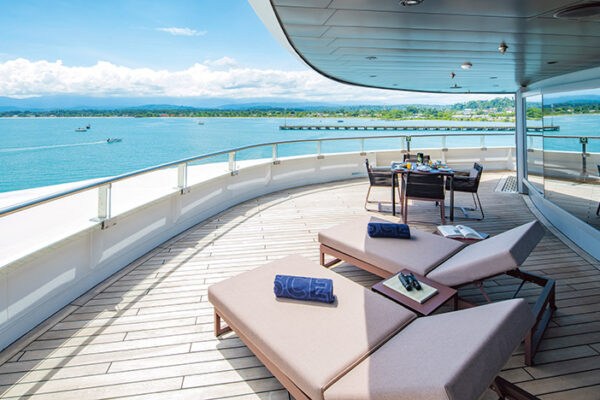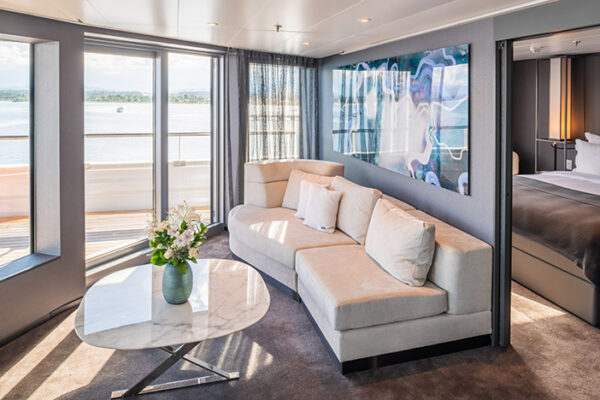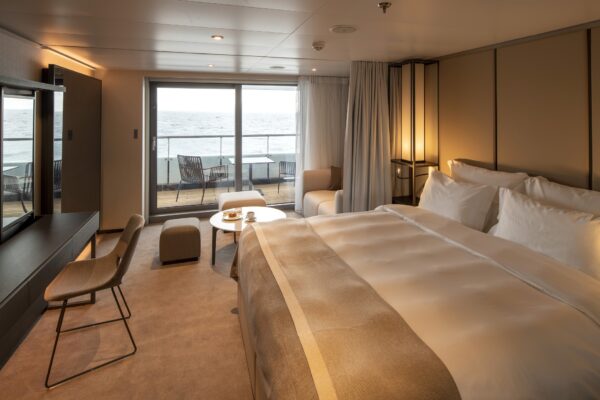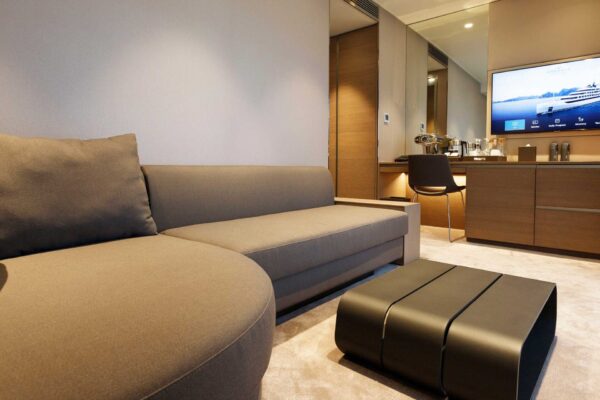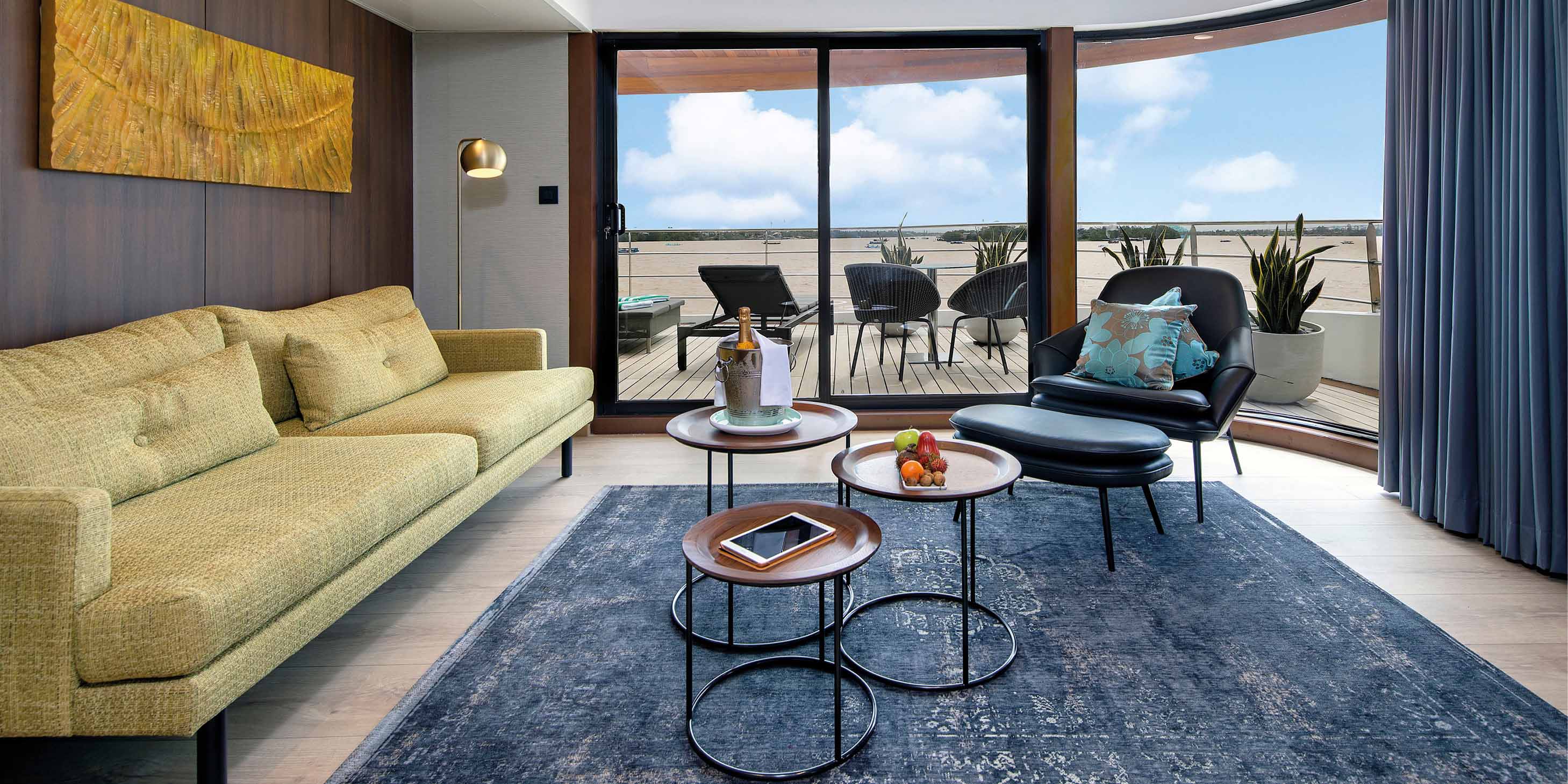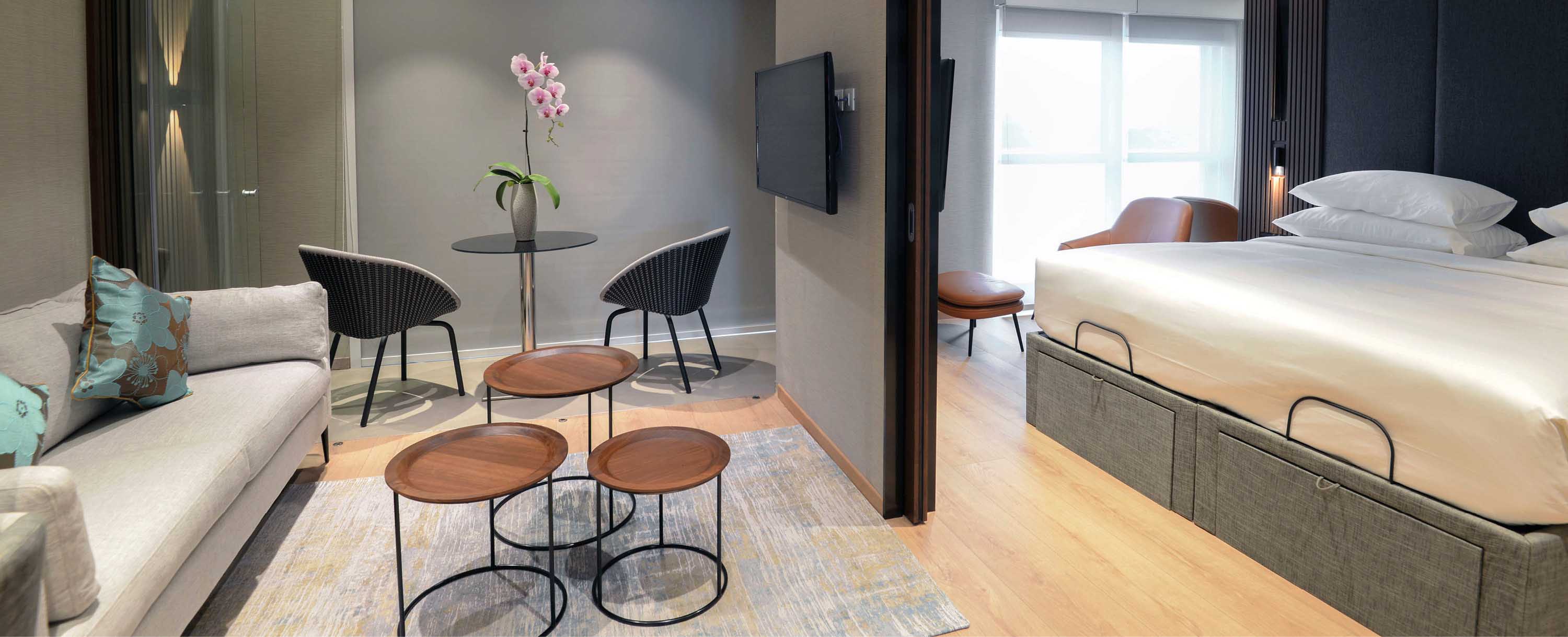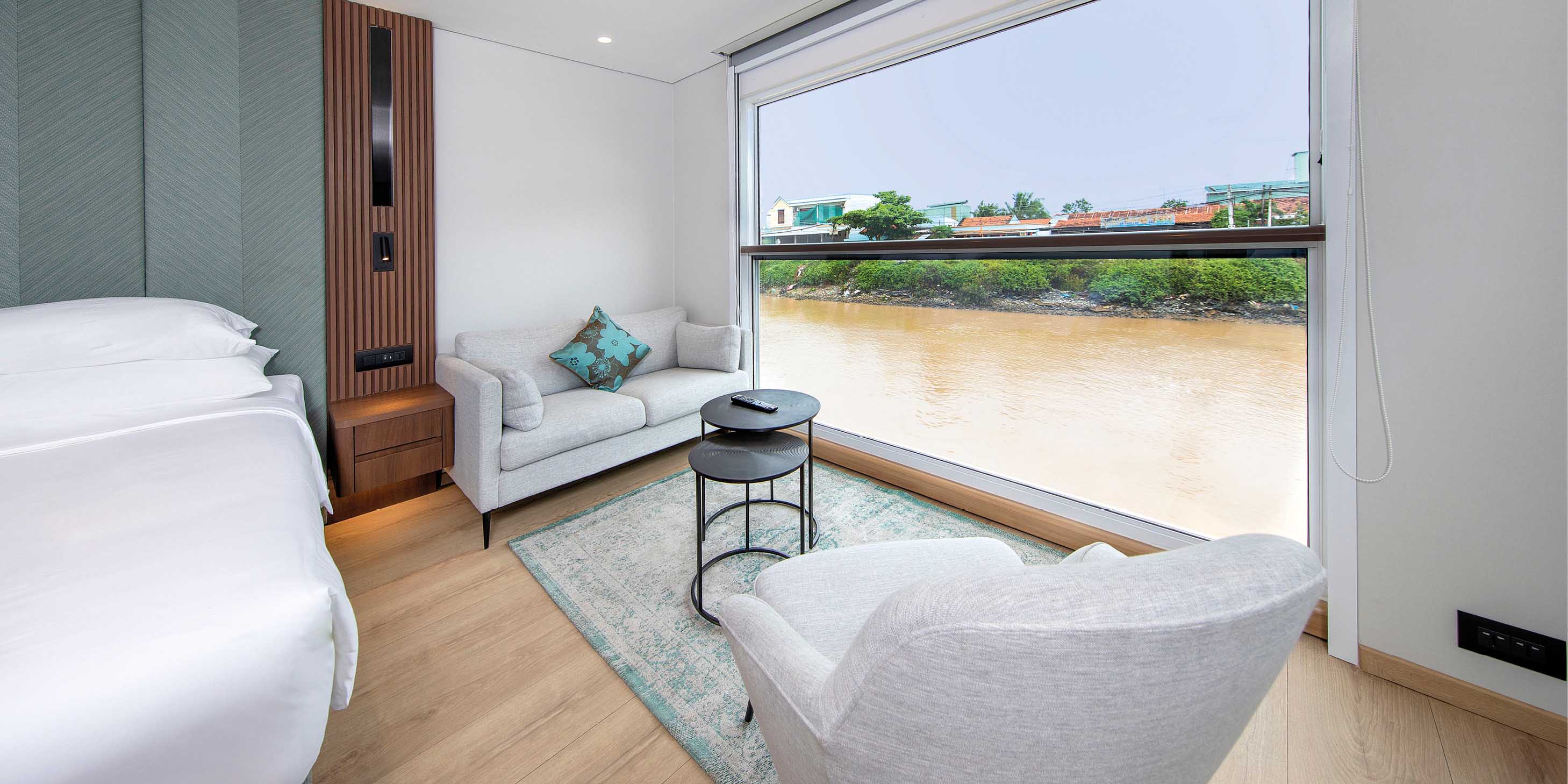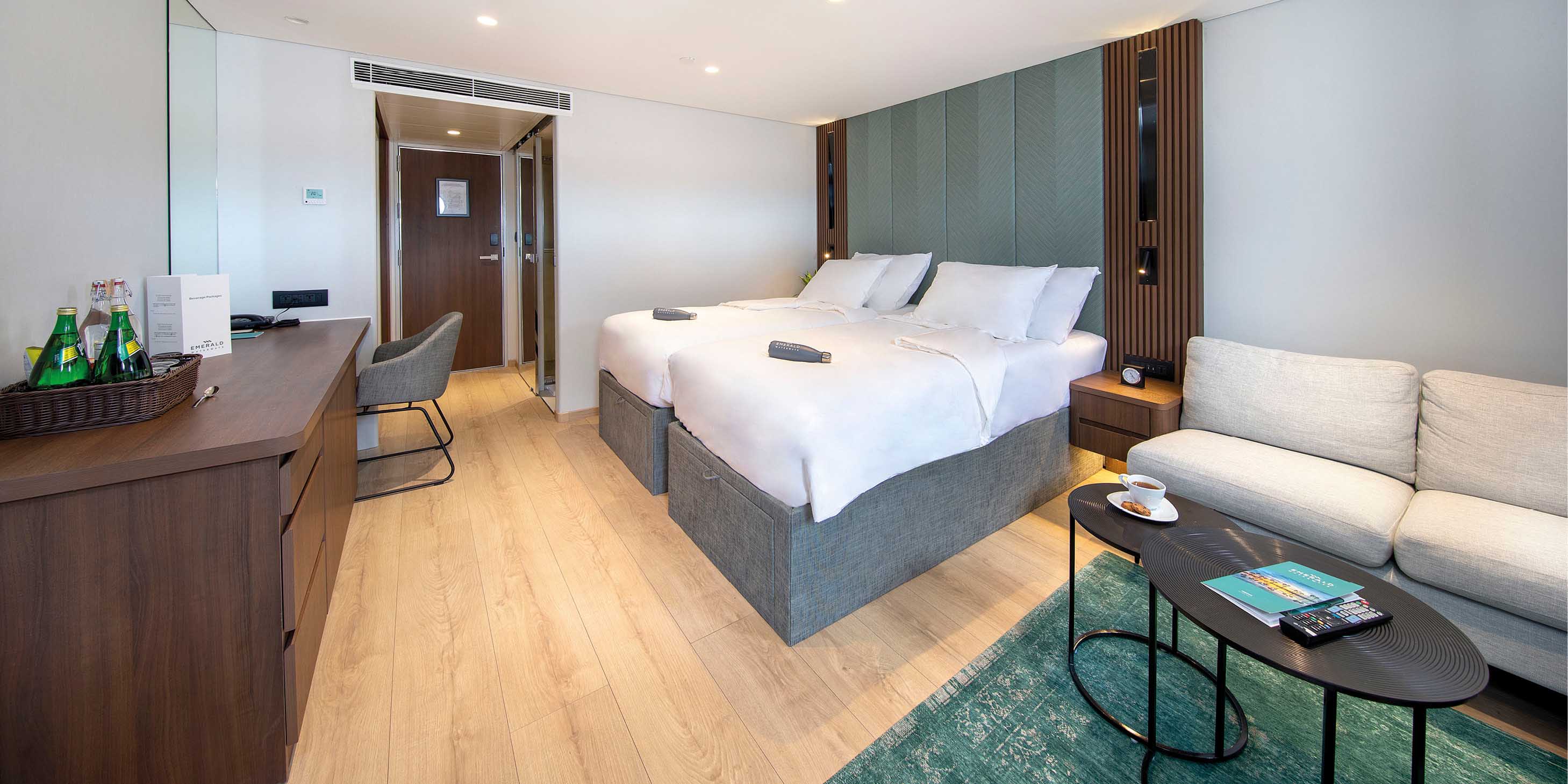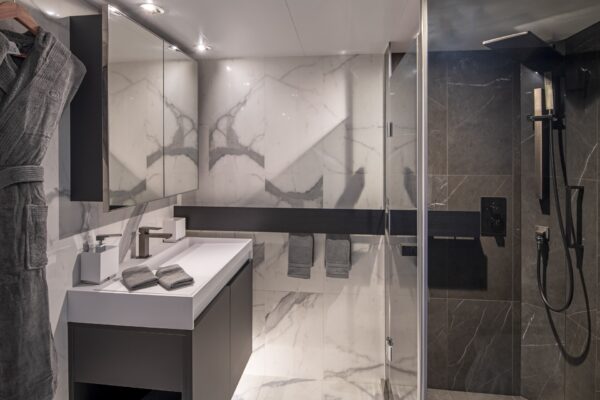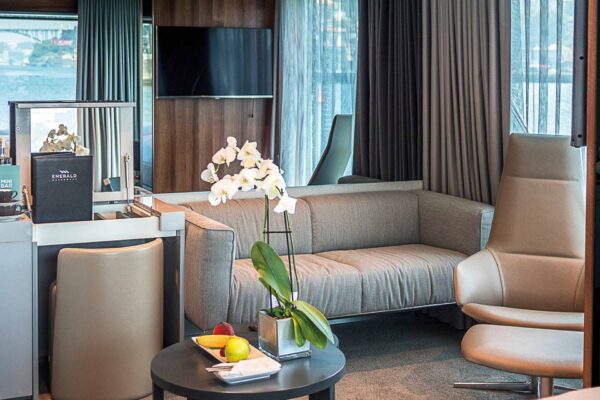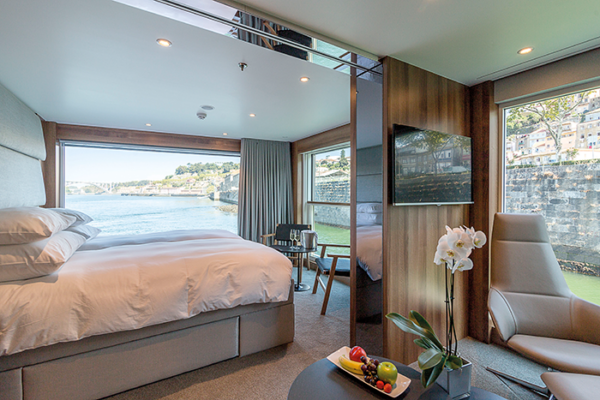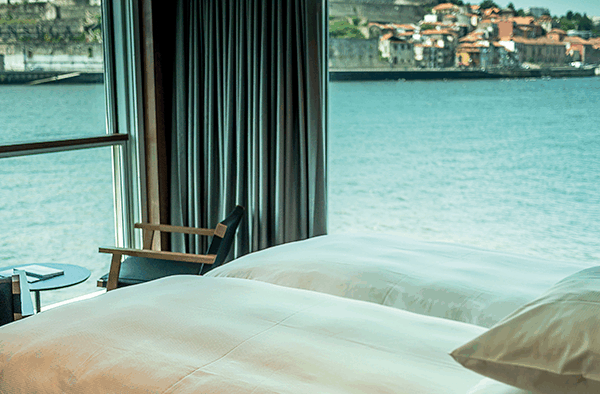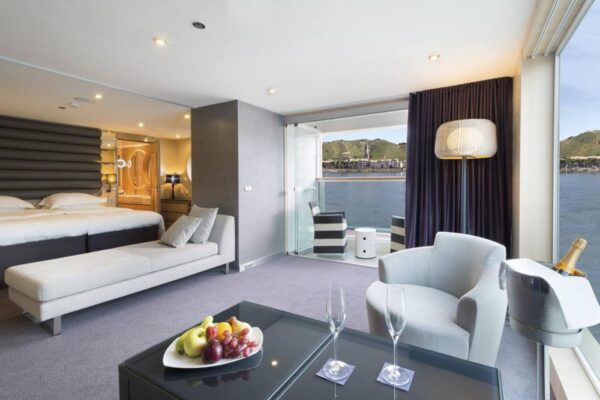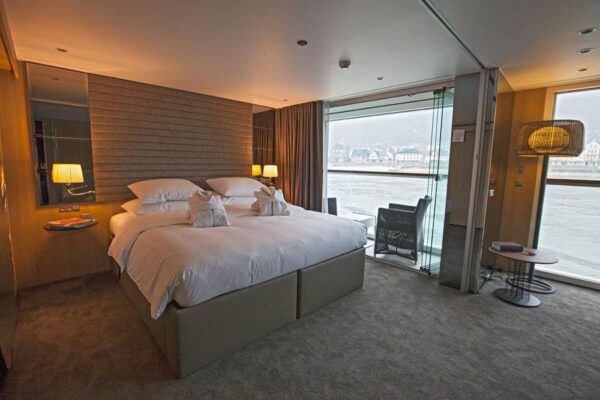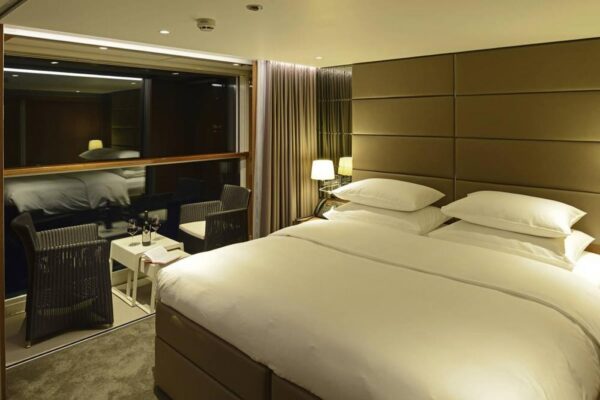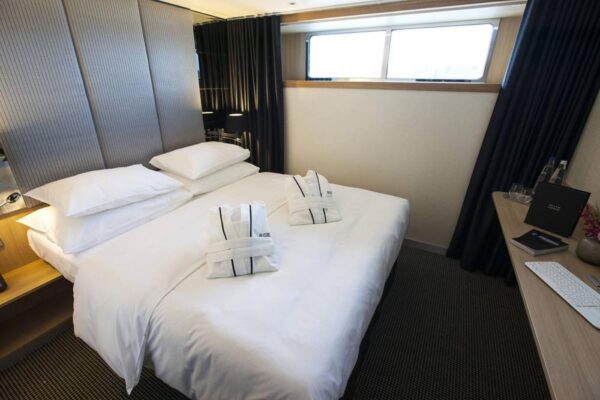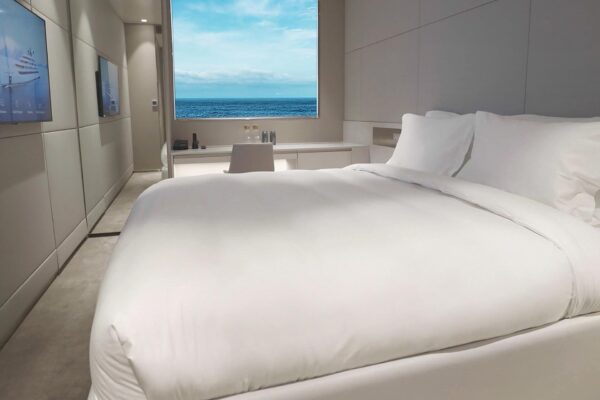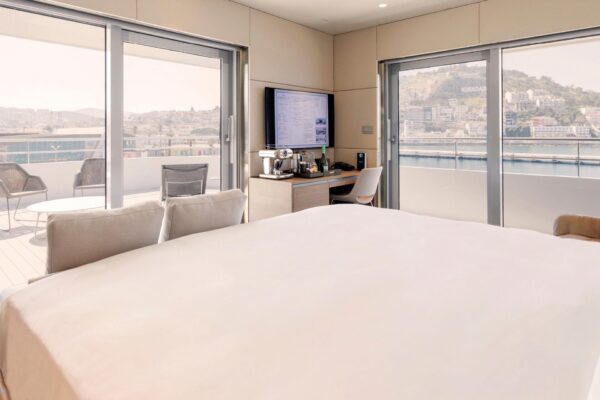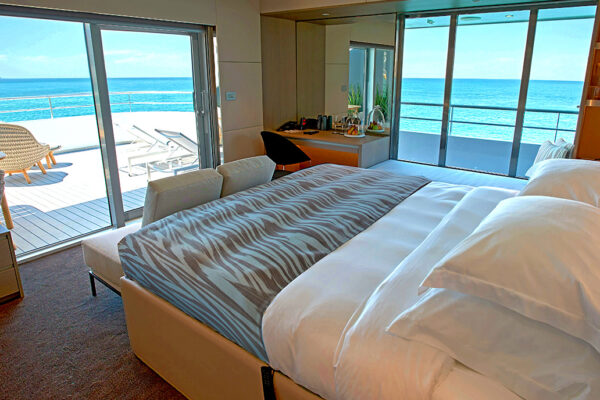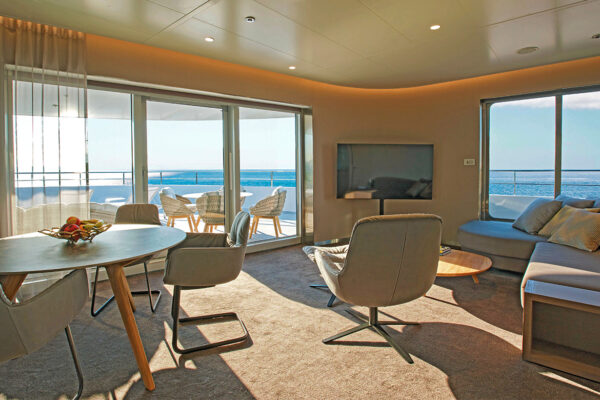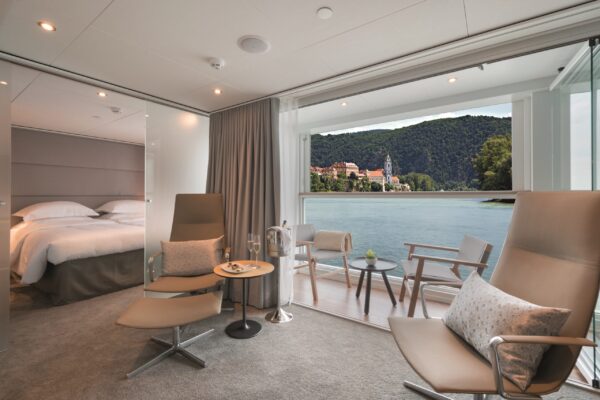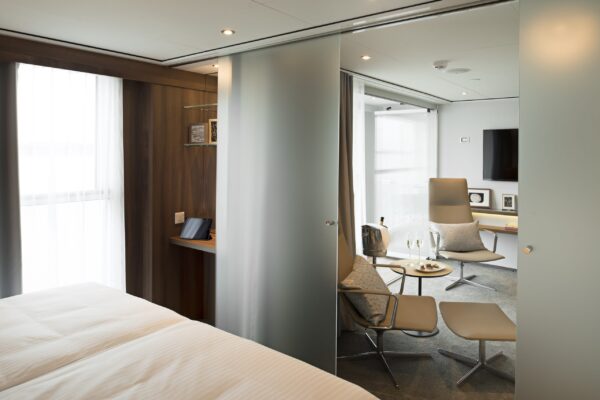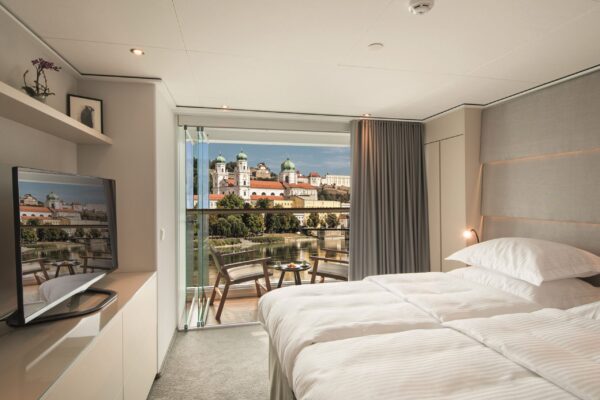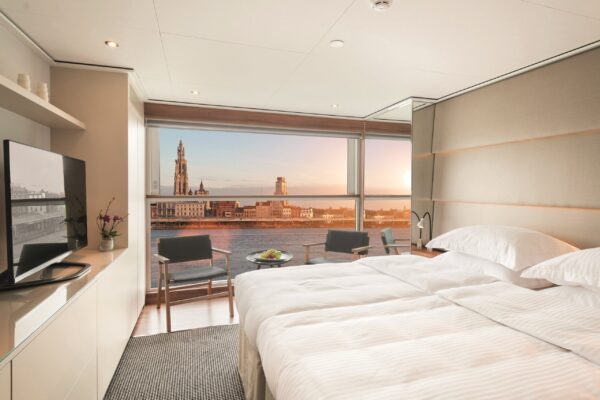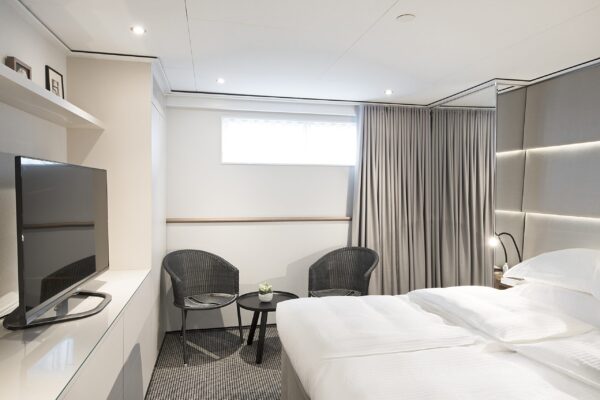Early Beginnings: From Stagecoaches to Motorcoaches
Before the arrival of the motorcoach, Americans traveled long distances by horse-drawn stagecoaches. These early journeys, particularly popular in the 19th century, offered structured routes connecting towns, cities, and postal hubs. With the invention of the automobile in the early 20th century, motorized buses emerged as the natural successor. By the 1910s and 1920s, small entrepreneurs began operating makeshift buses—often converted trucks with wooden benches—offering affordable alternatives to trains for regional travelers.
The Rise of Bus Companies in the 1920s and 1930s
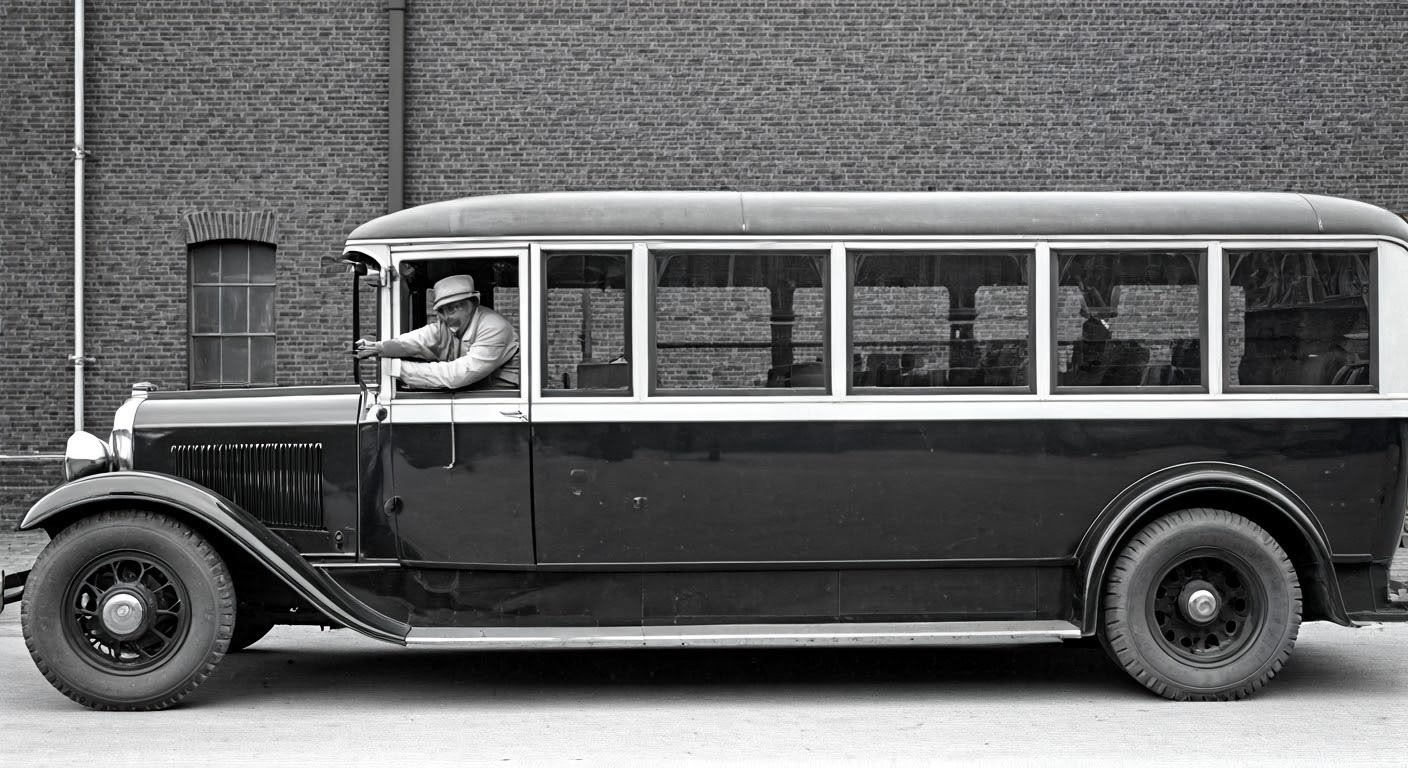
The 1920s saw the formalization of motorcoach services. Companies like Greyhound, founded in 1914 in Hibbing, Minnesota, grew from small intercity routes into nationwide networks. As highways expanded and paved roads improved, motorcoaches became more comfortable and dependable. By the 1930s, streamlined bus designs with larger windows, cushioned seating, and enclosed cabins made long-distance bus travel increasingly attractive. The Great Depression also played a role: buses provided an economical way for Americans to travel when money was tight, sparking the first wave of organized bus tours.
Postwar Growth: 1940s to 1960s
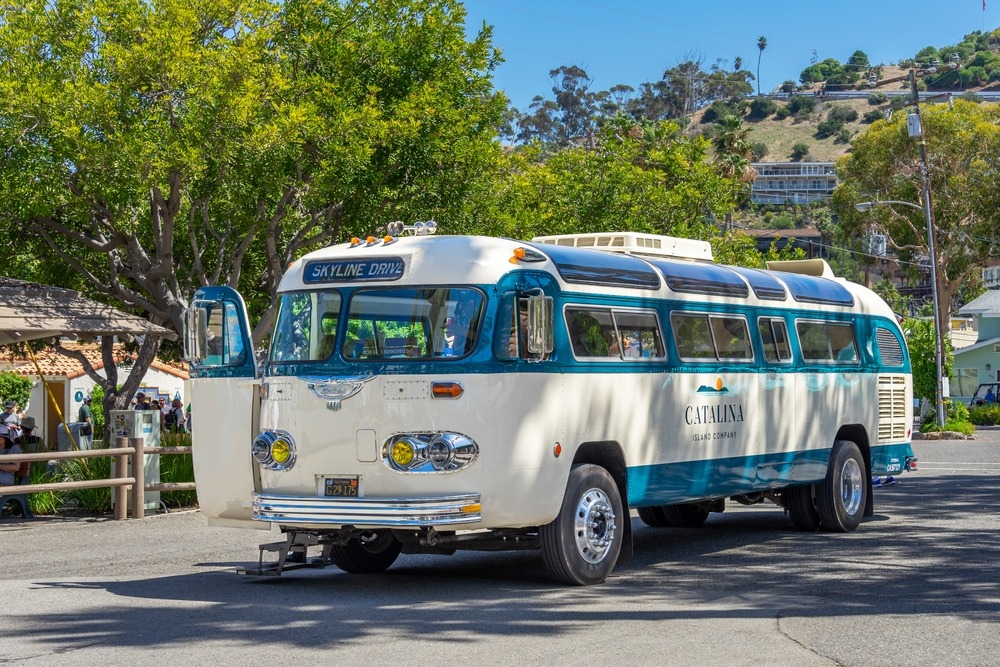
The decades following World War II marked the golden age of motorcoach travel. America’s highway infrastructure expanded with the Federal-Aid Highway Act of 1956, opening the door to new routes and destinations. Middle-class families, many of whom did not yet own cars or preferred not to drive long distances, turned to motorcoach tours for vacations. Companies offered pre-arranged sightseeing packages, often highlighting national parks, historic cities, and cultural attractions. Buses of this era introduced air conditioning, reclining seats, and panoramic windows, enhancing comfort and giving rise to the “scenic tour” experience.
The Tourism Boom: 1970s and 1980s
By the 1970s, organized motorcoach tours had become a staple of group travel. Retirement groups, church organizations, schools, and civic associations embraced motorcoach travel for its affordability, camaraderie, and ease. Tour operators developed packages that included hotel stays, meals, and guided sightseeing—all bundled at a predictable cost. The oil crises of the 1970s, which drove up gas prices, made collective bus travel more economical than driving individually. Motorcoach tours became a social experience as much as a transportation option, creating lasting memories for travelers who valued companionship as well as destinations.
Modernization and Expansion: 1990s to 2000s
As the travel industry modernized, motorcoach operators kept pace. Luxury coaches introduced onboard restrooms, televisions, and even Wi-Fi, catering to a more comfort-oriented market. The 1990s and 2000s saw motorcoach tours diversify into niche markets: themed journeys (such as wine country tours or fall foliage trips), student travel, and cross-country adventures. At the same time, international tourism fueled the growth of motorcoach sightseeing in major U.S. cities like New York, Washington, D.C., and San Francisco, where hop-on, hop-off bus tours became iconic.
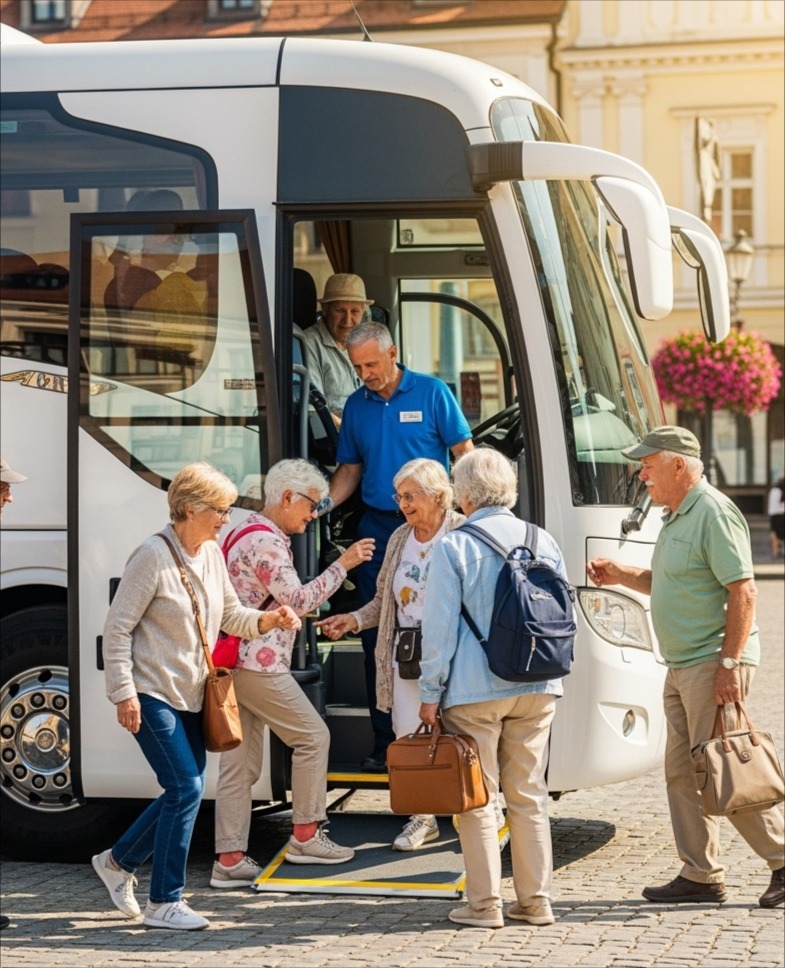
Motorcoach Tours in the 21st Century
Today, motorcoach tours remain an essential part of the American travel experience. They are valued not only for their convenience and affordability but also for their sustainability, as modern coaches reduce per-passenger emissions compared to cars or planes. Tour companies now use digital platforms for booking, itineraries, and onboard entertainment, while buses themselves feature ergonomic seating, climate control, and eco-friendly engines. Motorcoach tours serve diverse audiences—students, retirees, international tourists, and adventure seekers—connecting them to destinations across the country, from national parks to bustling cities.
Lasting Legacy
The history of motorcoach tours in the United States mirrors the nation’s growth and mobility. From rough, converted trucks to today’s sleek, Wi-Fi-enabled luxury buses, motorcoaches have carried generations of Americans on scenic journeys, educational trips, and cultural adventures. More than just a mode of transportation, motorcoach tours have created a tradition of shared travel, where communities form on the road and destinations come alive through collective experience.


